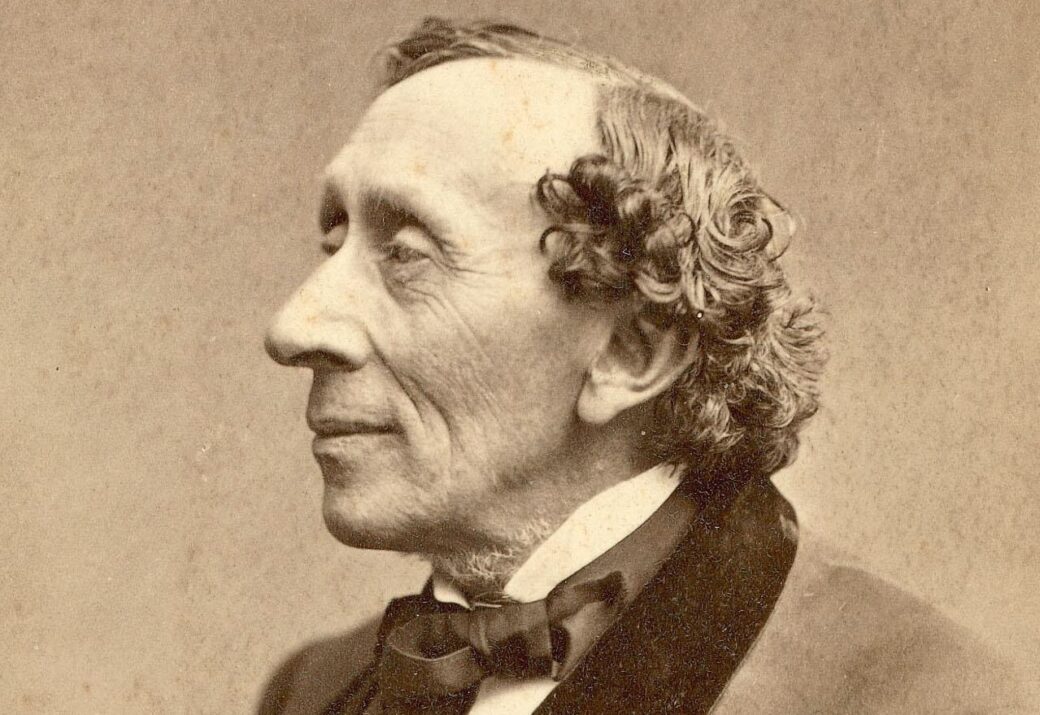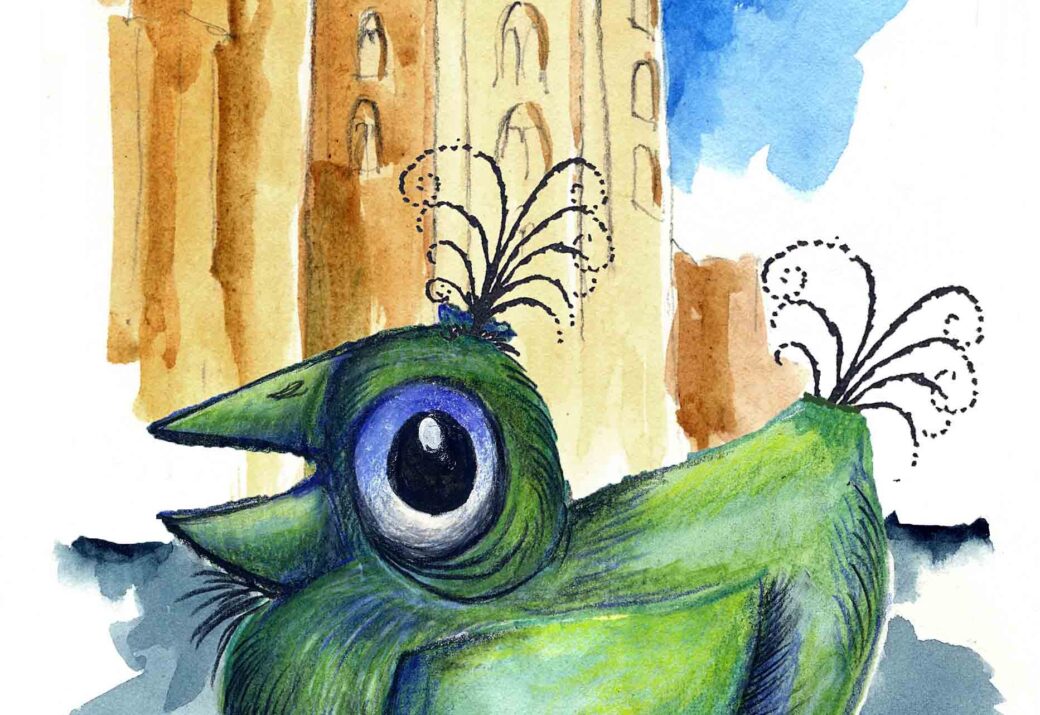This website uses cookies so that we can provide you with the best user experience possible. Cookie information is stored in your browser and performs functions such as recognising you when you return to our website and helping our team to understand which sections of the website you find most interesting and useful.
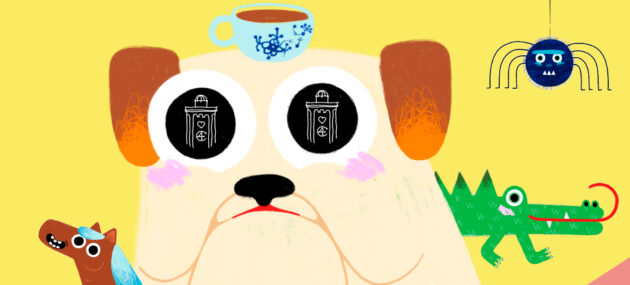
The Round Tower for Children
Small and large animals have passed through the Round Tower. Some have been there themselves. Others are known from stories.
The history of the animals is also the history of the tower. You can learn more about it, when you read about the snail, the horse, the spider and all the other animals connected with the old tower.
If you want to know more about the history of the Round Tower, you can explore the website. You are also always welcome in the Round Tower, which offers a varied programme of cultural events for all ages. Sometimes the animals are included too. Find out more about what’s on.
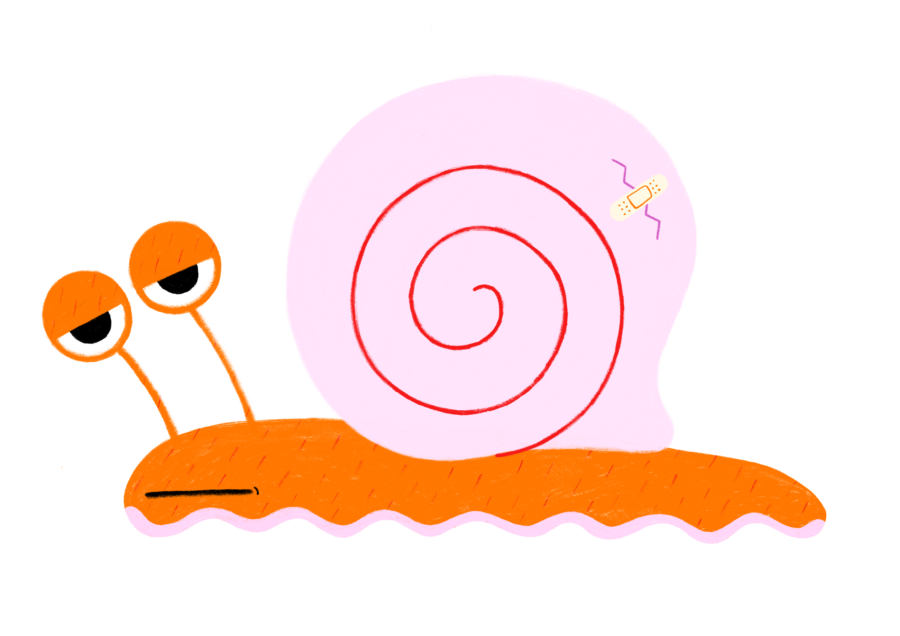
The Snail
Try to imagine that you go for a walk on the beach. Suddenly you see the finest shell. Such a shell is small. Snails are not very big.
But then try to imagine that you could go into the shell. Maybe it would be like going into the Round Tower. The way to the top winds round and round. That is why we have named the Spiral Ramp after the snail and its shell in Danish. We call it “Sneglegangen” – literally “the snail walk”.
Incidentally, such spirals ramps are somewhat rarer than shells. There are spiral ramps in Germany, France and Italy and a single one in Sweden, but the Spiral Ramp in the Round Tower is the only one in Denmark.
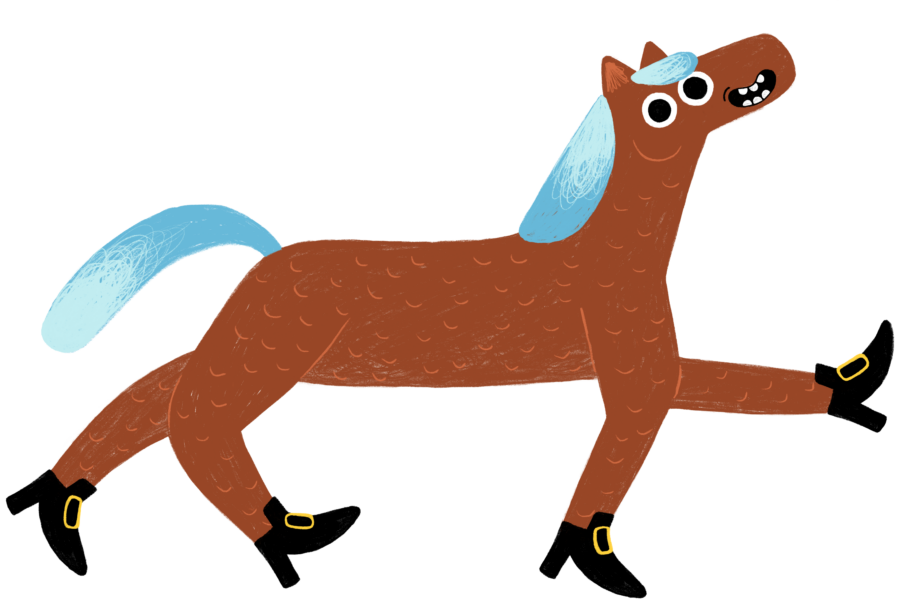
The Horse
Once, the Russian tsar visited Copenhagen. Of course, he also wanted to see the Round Tower. He got there on horseback and when he arrived at the entrance, he remained sitting on his horse and rode all the way up and down again.
His visit attracted so much attention that it was mentioned in the newspaper and ever since, people have been talking about it. They have mostly talked about him although his wife actually did an even more remarkable thing. She drove up the Spiral Ramp in a horse-drawn carriage. People disagree on the number of horses but a man who was there himself says there were six of them pulling the carriage. It is hard to believe that there was room for that!
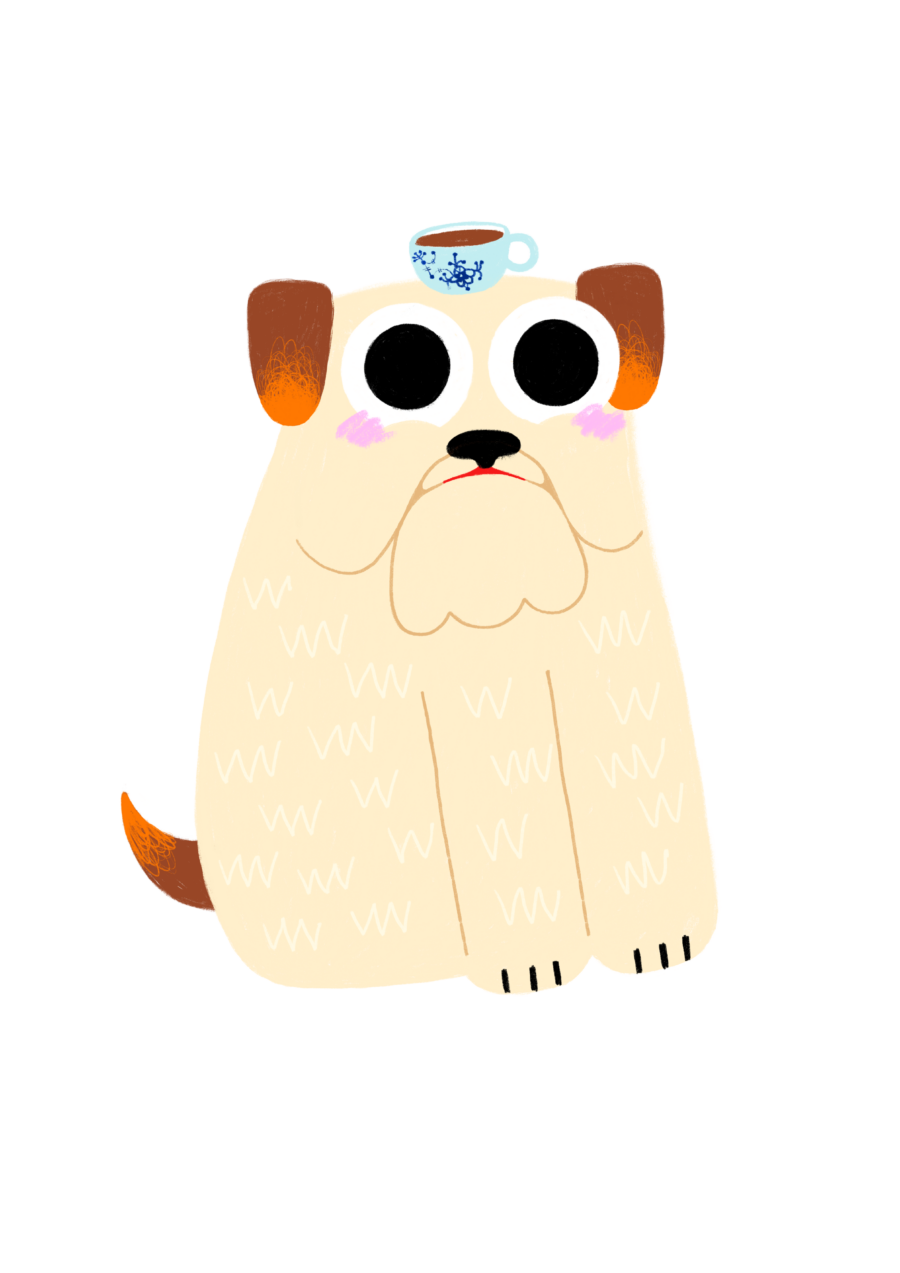
The Dog
One, two, one two! There came a soldier marching down the high road. He was coming home from the wars.
Then he met an ugly old witch, who asked him to fetch her a tinderbox in the hollow tree. In return, the soldier got all the gold he could carry. It was guarded by the dog with eyes as big as the Round Tower.
Can you imagine a dog with eyes that big? The fairy tale writer Hans Christian Andersen could. It was him who wrote the fairy tale about the tinderbox.
Hans Christian Andersen, incidentally, was very fond of the Round Tower. When he arrived in Copenhagen as a young man, one of the first things he did was to visit the library that was then located in the Library Hall with access from the Spiral Ramp. Later he returned to the Round Tower time and time again when he wrote poems, letters, novels – and fairy tales.
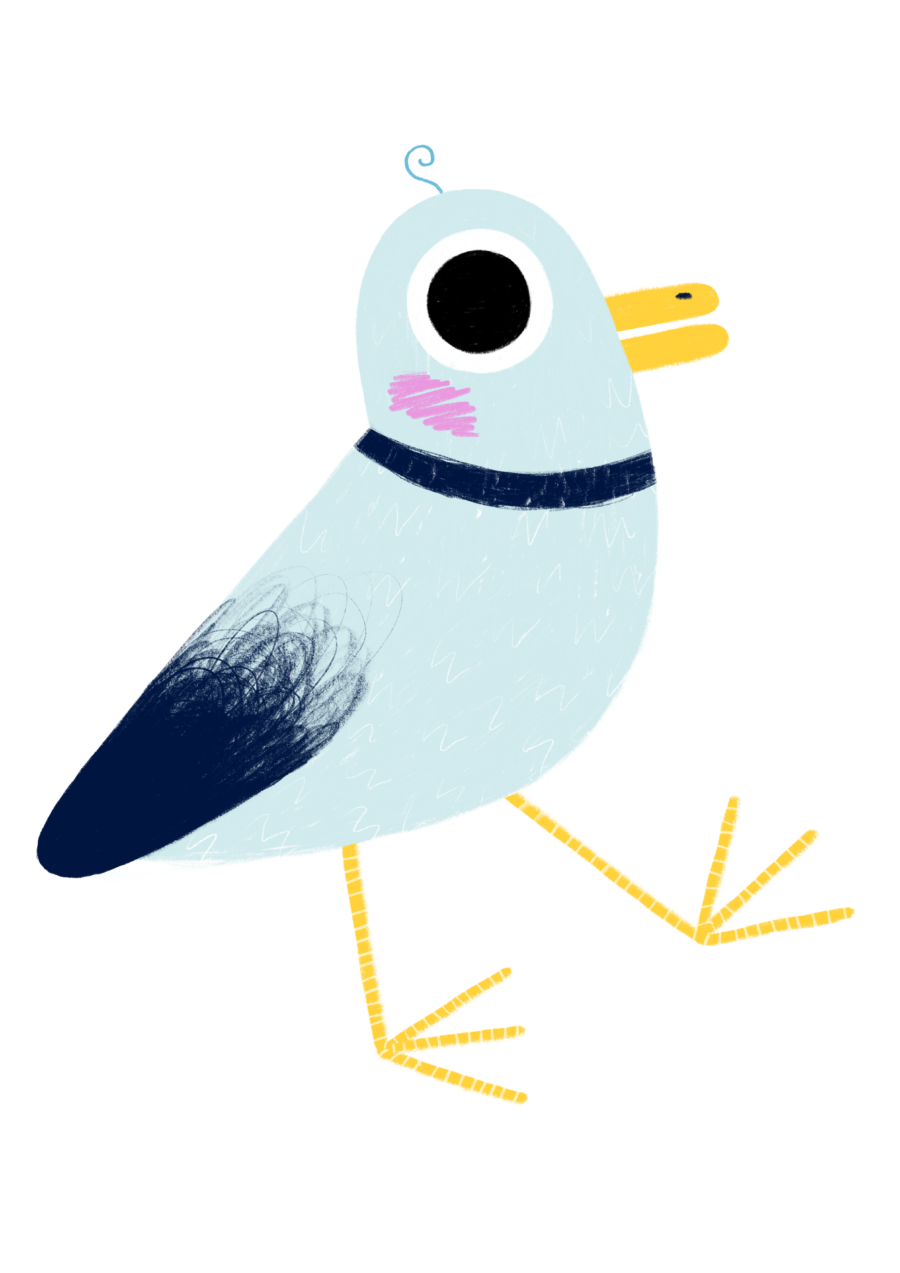
The Dove
Sometimes a dove drops by the Round Tower. Perching on the other side of the window pane in the Spiral Ramp, it is not the only dove connected to the tower. It is a little complicated, so listen carefully:
The Round Tower is connected with the Trinity Church just below the Library Hall. The church is named after God, Jesus and the Holy Spirit, one and three at once. When depicting the Holy Spirit, you often use a dove. That’s it!
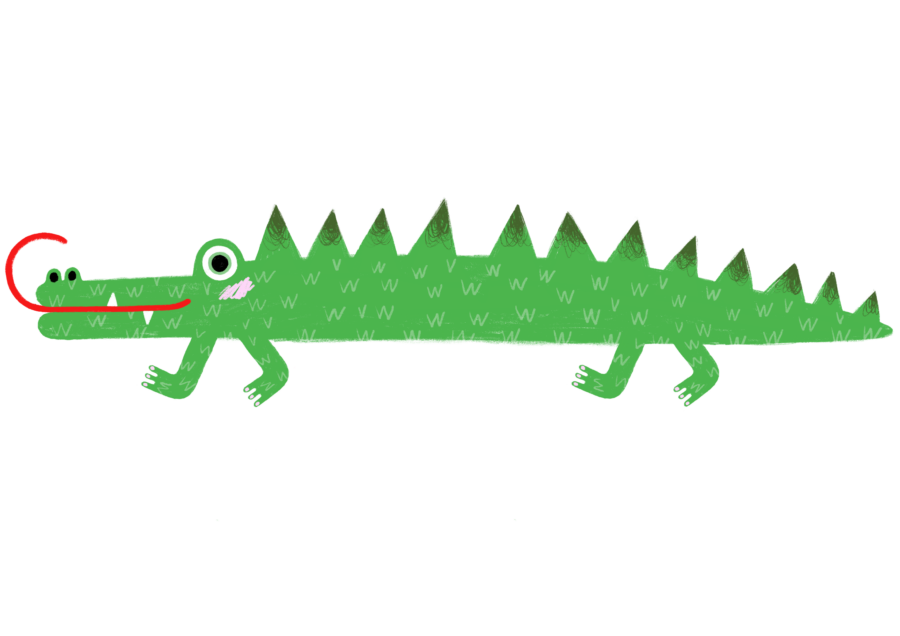
The Crocodile
The Library Hall with access from the Round Tower has been used for many different things. Once there was a library there and the hall was full of books. Later, a theatre painter created huge backcloths on canvases stretched on the floor. And then the animals moved in.
They were not living animals but dead and stuffed animals and animal bones and skeletons. There were big bones, maybe from a whale, cabinets with skeletons, a giant ballfish and a sly crocodile.
The Library Hall was a depot for the Zoological Museum but only the animals had access. Humans had to stay outside.
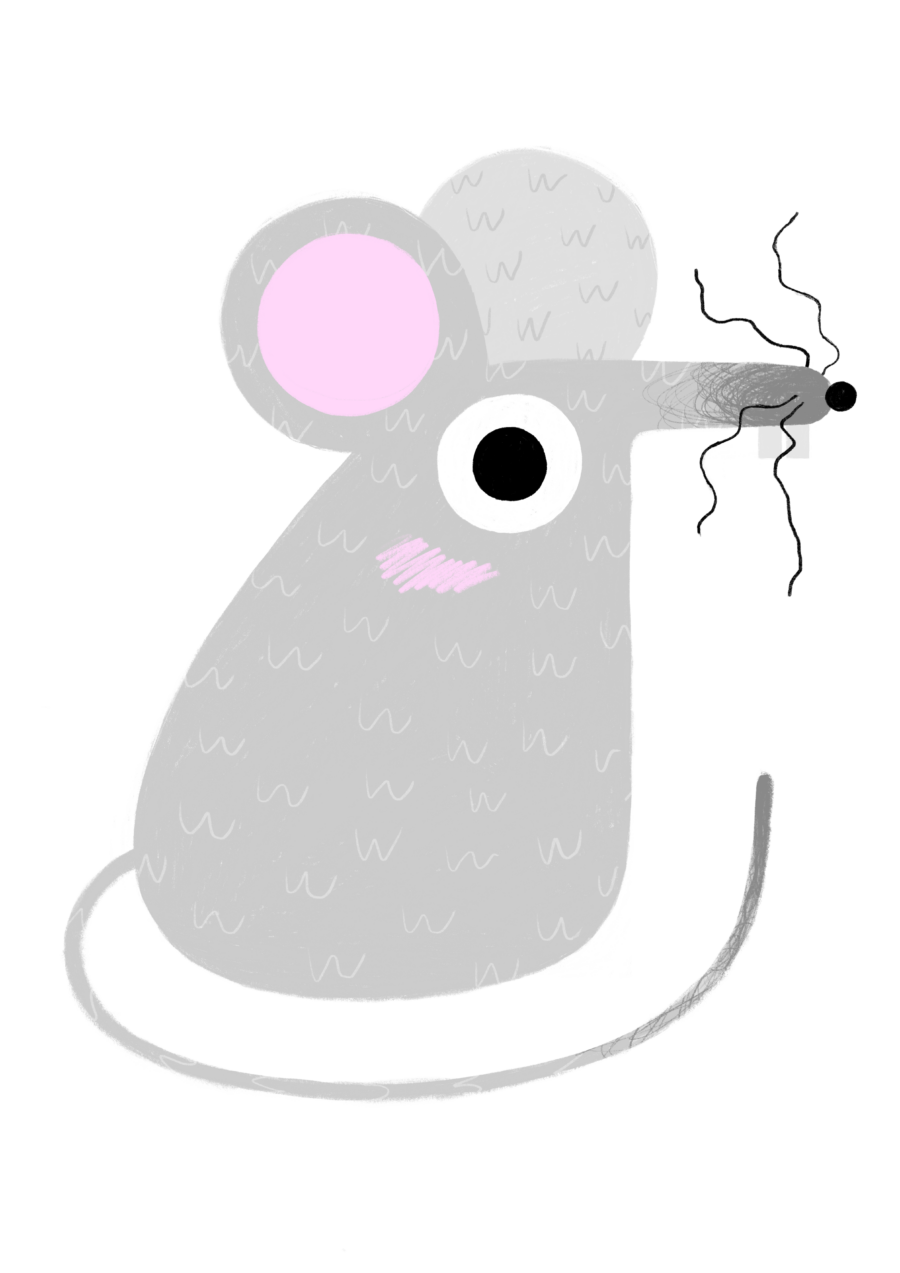
The Mouse
The bells of the Trinity Church below the Library Hall used to be rung in the loft above the hall. But there is room for much more in the large loft.
Clothes have been dried up there and something else has been dried as well. A pharmacist from the street of Købmagergade decided to rent the loft so that he could dry the herbs he needed to make medicine and maybe to give taste to the snaps drunk by the Copenhageners.
Try to imagine that you were a tiny mouse in the huge loft. So many places to go! So many hiding places! Wouldn’t you hide in the herbs if you were that mouse?
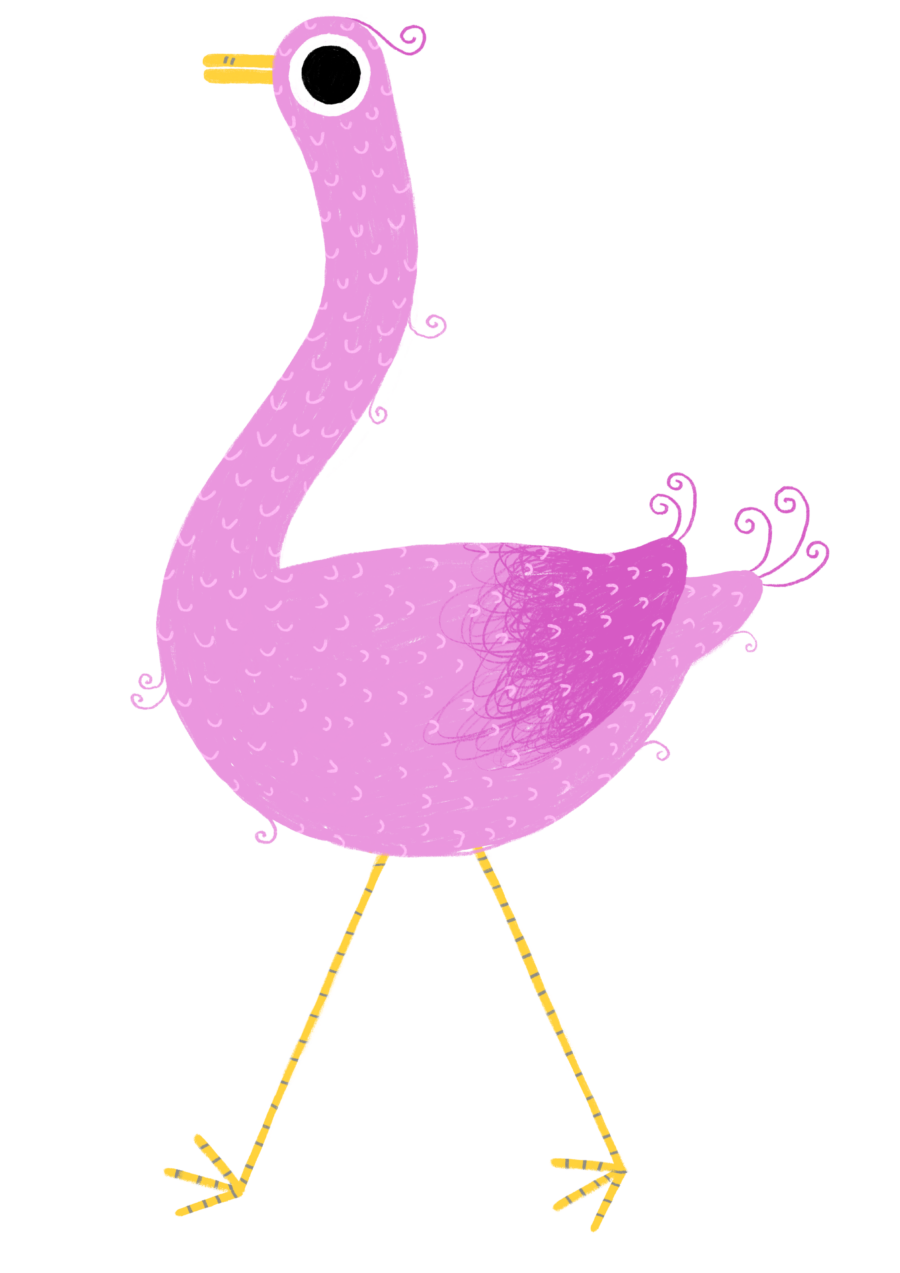
The Ostrich
Feathers can be used for many things. When soldiers wanted to look dashing, they put a feather in their hat. When the ladies would dress up, they did the same.
The feathers were large and small and thick and thin, just like the soldiers and the ladies. They came from ostriches and cocks and other animals with wings.
A bell-ringer in the Trinity Church next to the Round Tower sold feathers in the tower. What a mess it made, when the soldiers and the ladies came to adorn themselves with plumes!
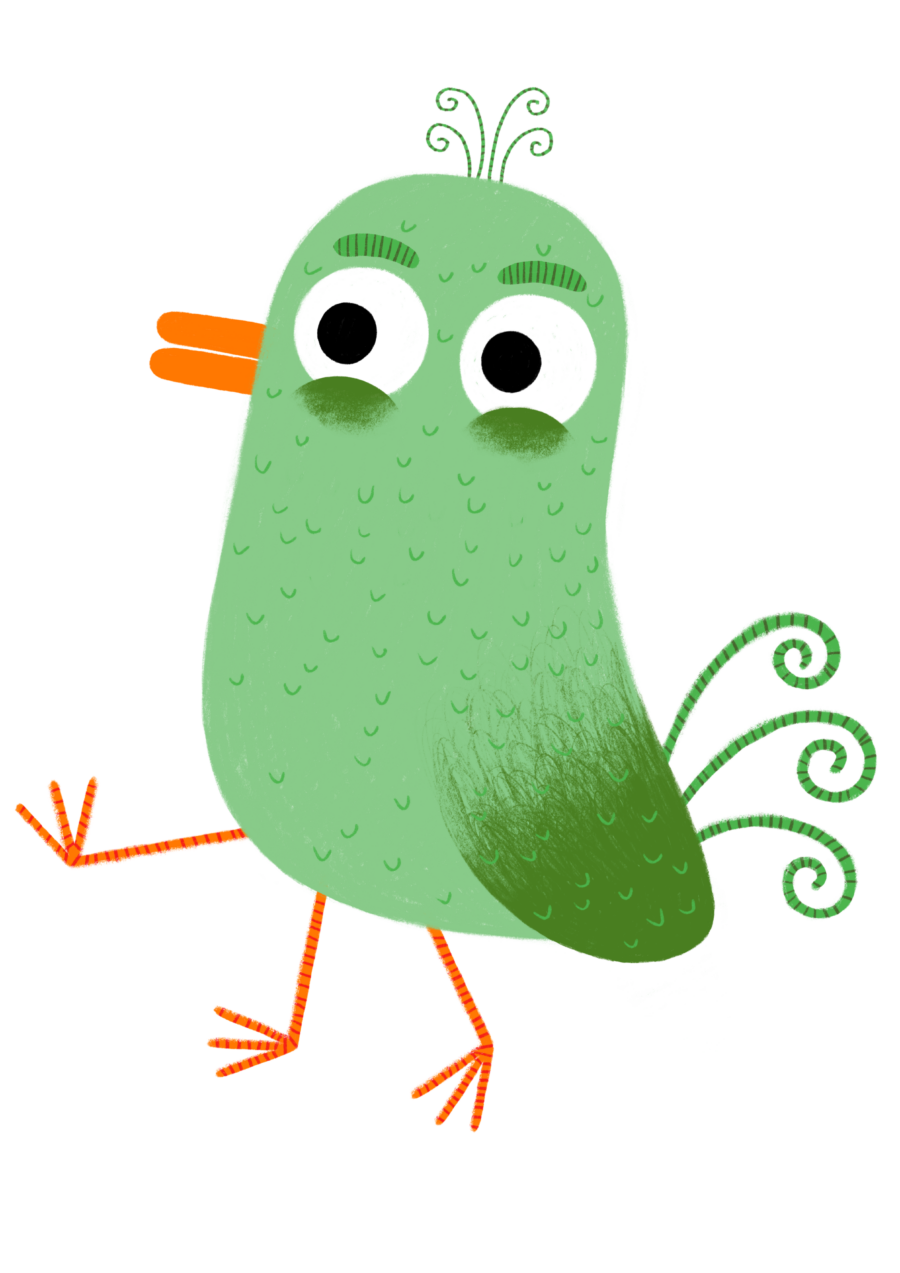
The Yggenyk
Do you know the story about the yggenyks that sawed through the Round Tower and stole it?
It was a dark night in Copenhagen. The streets were empty. But around the Round Tower there was a crowd of yggenyks, sawing through the Round Tower!
Yggenyks are small three-legged birds. They have stolen a tower in America. Now they stole the Round Tower too.
But luckily yggenyks love cookies. The cookie baker gave them a sackful in return for the tower. We simply cannot do without it, the cookie baker told the yggenyks. Then they put the tower back. But there might still be traces of the crack that they left on the footing. Why don’t you take a look?
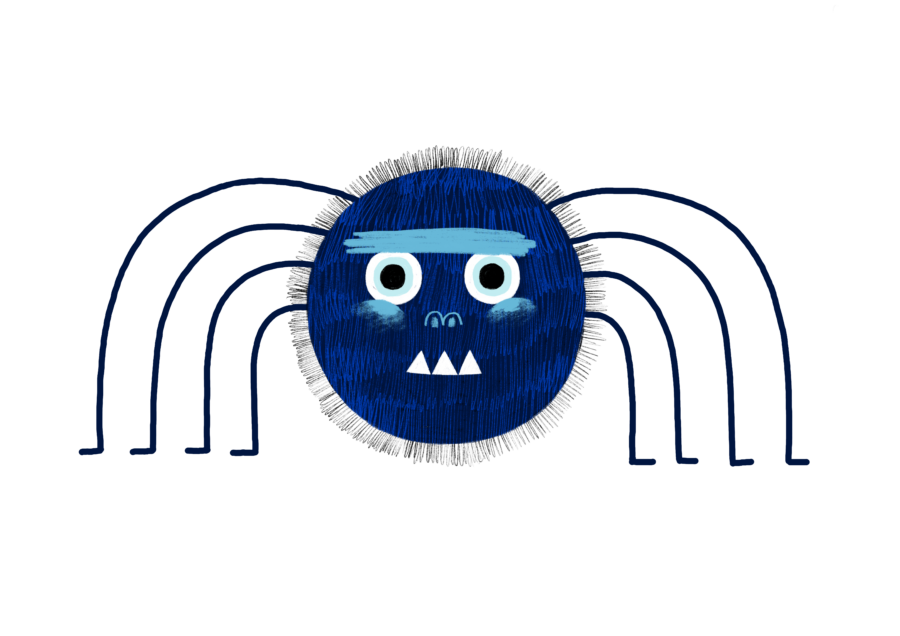
The Spider
At the top of the Round Tower you find the oldest observatory that is still in use in Europe. For hundreds of years, astronomers have been gazing at the stars and the planets there.
At least that was the intention of the Observatory. But once there was an astronomer, who spent time on something else. He thought it was more exciting to measure how hot it was and how much it had rained, so he did not use the telescope.
Instead the spiders moved in. Now you could not see the stars and the planets, only spiders and their webs.
Since then, the spiders have moved out again, and today you can gaze at the sky on Tuesdays and Wednesdays evenings in the winter season – under the guidance of the Round Tower’s astronomers and without any disturbing spider’s webs!
